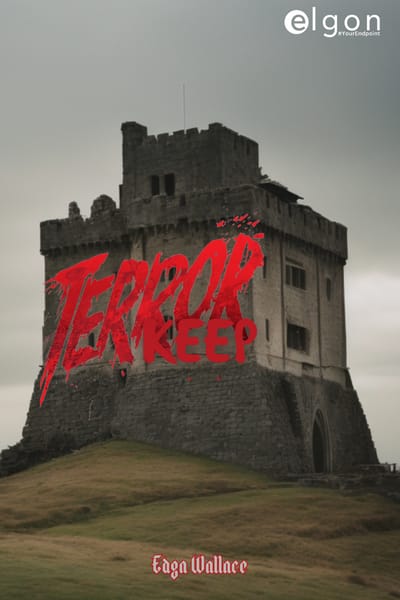With fire and sword
$ 6 $ 2
- E book
- Fiction
- Adventure
- Classic
- Historical
This powerful novel, “a Polish Gone with the Wind” (New York Times Book Review), is set in the 17th century and follows the struggle of the kingdom of Poland to maintain its unity in the face of the Cossack-led peasant rebellion. Foreword by James Michener.
The period embraced in this set is “one of the most dramatic and fruitful of results in European Annals – remarkable for work and endeavor, especially in the Slav world,” the author writes. Among Western Slavs, the great events were the Hussite Wars and the union of Lithuania and Polant. The Hussite Wars were caused by ideas of race and religion (born in Bohemia.) It is composed of With Fire and Sword (1884), The Deluge (1886), and Pan Michael (1887-88). Set in the later 17th century, the trilogy describes Poland’s struggles against Cossacks, Tatars, Swedes, and Turks, stressing Polish heroism in a vivid style of epic clarity and simplicity. Henryk (Adam Alexander Pius) Sienkiewicz (1846-1916) was a novelist, born in Wola Okrzejska, Poland. He studied at Warsaw, traveled in the USA, and in the 1870s began to write articles, short stories, and novels. His major work was a war trilogy about 17th-c Poland, beginning with Ogniem i mieczem (1884, With Fire and Sword), but his most widely known book is the story of Rome under Nero, Quo Vadis? (1896), several times filmed, notably in 1951 by Mervyn Le Roy (1900-87). He received the Nobel Prize for Literature in 1905. Translated by Samuel A. Binion, who was also the translator of Quo Vadis.






















Reviews
There are no reviews yet.